Celebrating Plymouth migrants with Nudge Community Builders & Arts University Plymouth

Students Tamara Wojcik, Kira Sharples and Harriet Rawlings create mural on Union Street to document and celebrate migrant communities in Plymouth
Students from Arts University Plymouth and Nudge Community Builders have teamed up to celebrate Plymouth’s migrant communities with a public mural on Union Street in the west end of Plymouth.
BA (Hons) Photography students Tamara Wojcik, Kira Sharples and Harriet Rawlings developed the idea of using photography to document immigration in their local community and their work was celebrated in an exhibition at Arts University Plymouth. Global challenge themes are embedded across the curriculum of the arts university, in which every undergraduate student is asked to link their creativity to their families, communities and nation, developing new ways to create meaningful world impact through their work.
The three second-year undergraduate students were selecting a project to work on together and decided to combine their different areas of personal interest into a collaboration that could help members of their community. Kira has an interest in immigration, Tamara in migration and Harriet in fast fashion. These interests combined in a project to photograph migrants in Plymouth’s west end.
Tamara said:
“Migration interests me because I was a migrant myself when I migrated from Poland 17 years ago.”
Kira said:
“The commonality we noticed very early on with the artists that we liked, was the idea of not just photographing a community and moving on, but actually interacting with them and having that community properly part of the project.”
Arts University Plymouth BA (Hons) Photography Lecturer, Jon Blyth, put the team in touch with Nudge Community Builders and the collaboration blossomed from there. Nudge encouraged the students to consult with social inclusion charity Plymouth Hope, who have worked extensively with migrants in the area. This led to a participatory art project that took place alongside conversations about what it’s like to be a migrant in the Stonehouse area. The project culminated in the creation of a stunning public mural at 140 Union Street, Plymouth, on the wall outside Sloggett & Son.
Kira said:
“We attended a culture fashion show, where we met two of our models for the project, Zeinur Bimukhan from Kazakhstan and Fereshteh ‘Angel’ Alizadeh from Eritrea. Kristiana Ilieva from Bulgaria is a student here at the university, she studies BA (Hons) Animation & Games, and Ruth Osarenkhoe from Nigeria is my housemate.”
Tamara said:
“After we found our models, we photographed them in three different styles, Harriet did fashion style shots with them wearing garments from their cultures, Kira did black and white portraits of them and I did macro images of the eyes, as I believe the eyes are the windows to the soul. When you take away the whole face and just look at someone’s eyes, it makes you see them for who they are. You don’t recognise that they’re from a different country, or a migrant, you just see them as a person for who they are and that’s what I love.”
Kira said:
“We wanted to celebrate our own three unique photography styles, as well as our models in three completely different ways. One of the things we found when speaking to our models, was that they all had very different stories, very different backgrounds, but they are all sometimes perceived differently because they are migrants. Even though the three images are of the same person, they are all three completely different sides to the same person. We wanted the images to symbolise how unique all of our models are and give an enlightened perspective to the viewer about how we all can be perceived so differently by different people.”
The students added the models’ cultural symbols, which they picked from cultural dress garments, to the mural as part of the project too, layering colours, patterns and photographs as interconnecting layers to the mural as they went. The images were printed and pasted onto the walls, whereas the symbols were spray painted onto the wall.
The trio invited members of the public to the unveiling of the mural and encouraged all who attended to add their handprint to the wall.
Tamara said:
“The turnout was amazing on the day of the opening. There were so many discussions being had, people were honking their horns in encouragement, it was so special. I had so many people reach out to me online asking if their hand prints could be added from all over the world.”
Since completing the mural, all three students now volunteer at Plymouth Hope, teaching children skills in photography, and Kira is looking at teaching children at the charity synchronised swimming too.
The trio said: “We are proud we have created conversations across the city with the support of Nudge. This project has connected us to the city and connected the community more closely to people at Arts University Plymouth.”
Nichola Cooke, Events Coordinator for Nudge Community Builders, said:
“It was really great to see so many local families join the girls in creating a piece of artwork that is colourful, joyous and vibrant, as well as having a really important message. People really came together through creativity, talked openly and added yet more amazing artwork to the street.”
Associate Professor Stephanie Owens at Arts University Plymouth said:
“This very visible mural on Union Street, designed to bring communities in Plymouth closer together, is an excellent example of the kind of outcomes that we’re seeing from undergraduate students all across Arts University Plymouth as a result of introducing Global Challenges across our curriculum.”
“We strive to offer a porous curriculum that is always connected to the changes and challenges of the world in which we live. Our students are free to specialise and develop their own unique interests and pathways, but we structure our curriculum in a way that encourages every student to address what we have in common, embrace difference and think about how best to bridge divides. Whether this means building bridges between subject areas, peoples, culture or broader difficulties faced by society, it’s vital that we empower students to recognise that what they do and what they create lives within a broader societal context, helping them foster meaningful impact in the world outside of their studios as well as within them.”




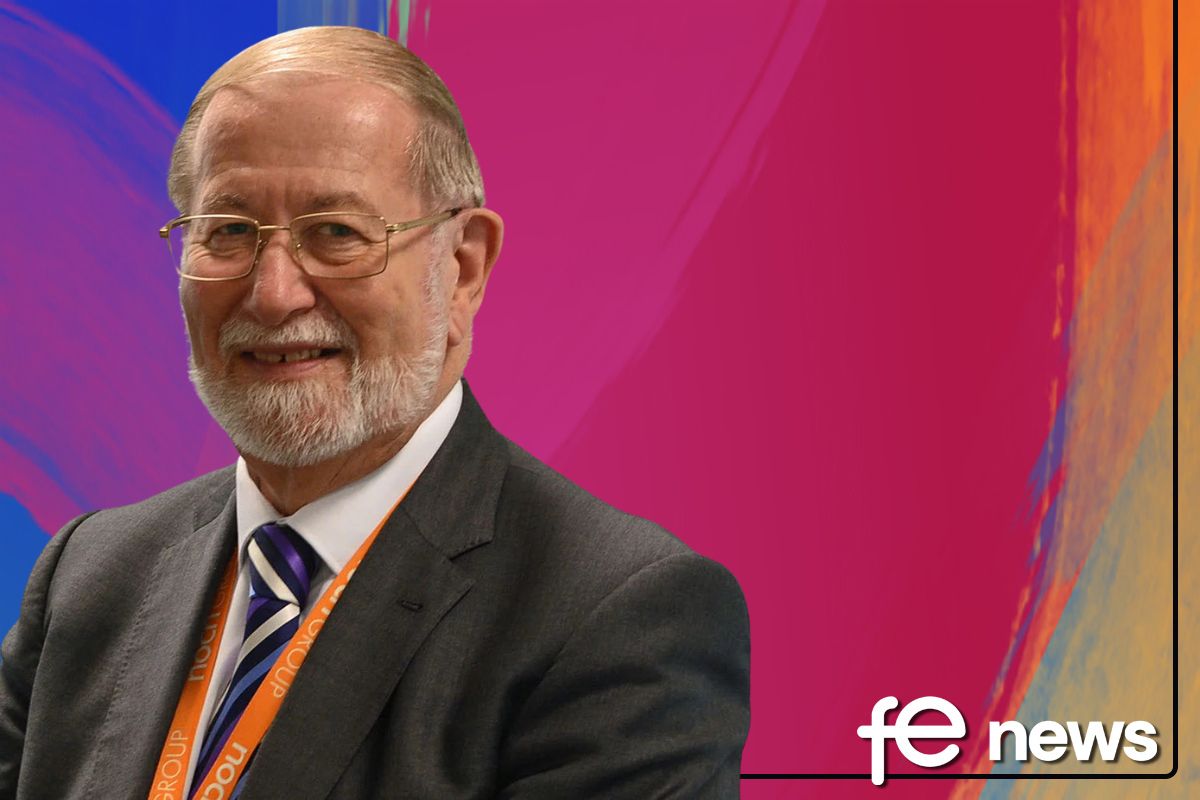

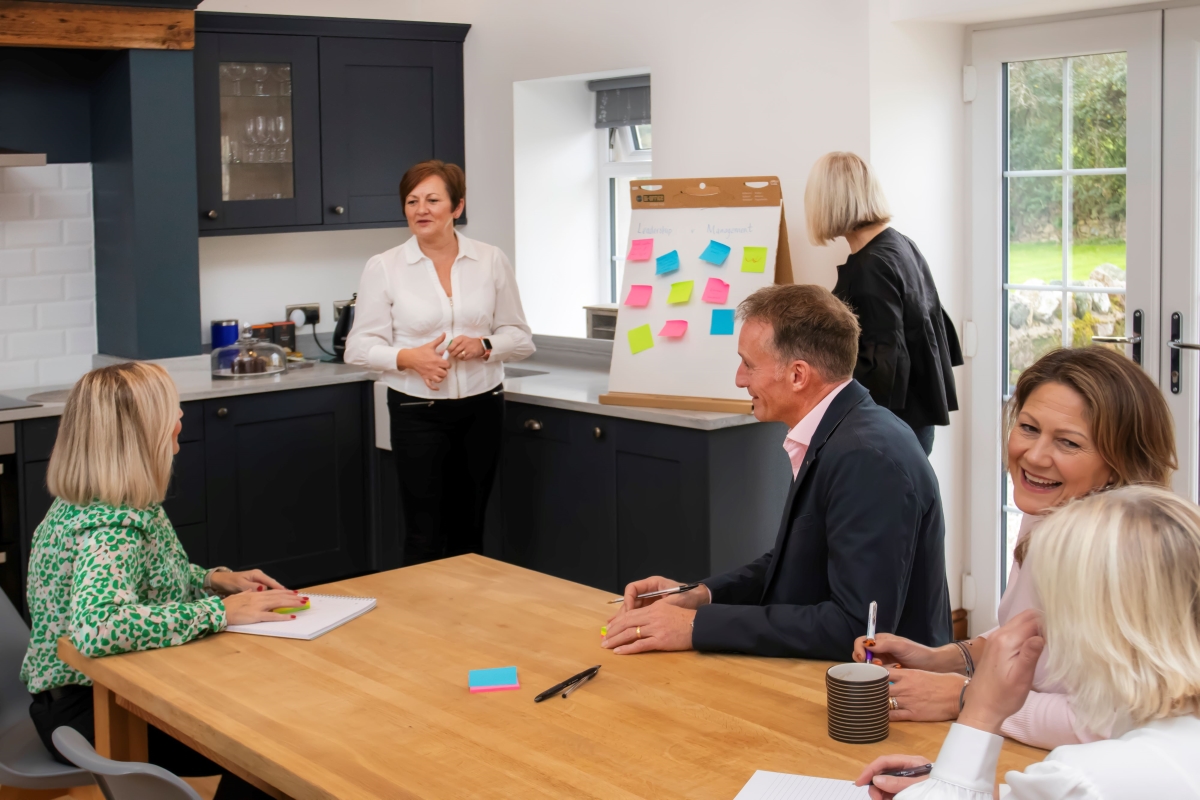
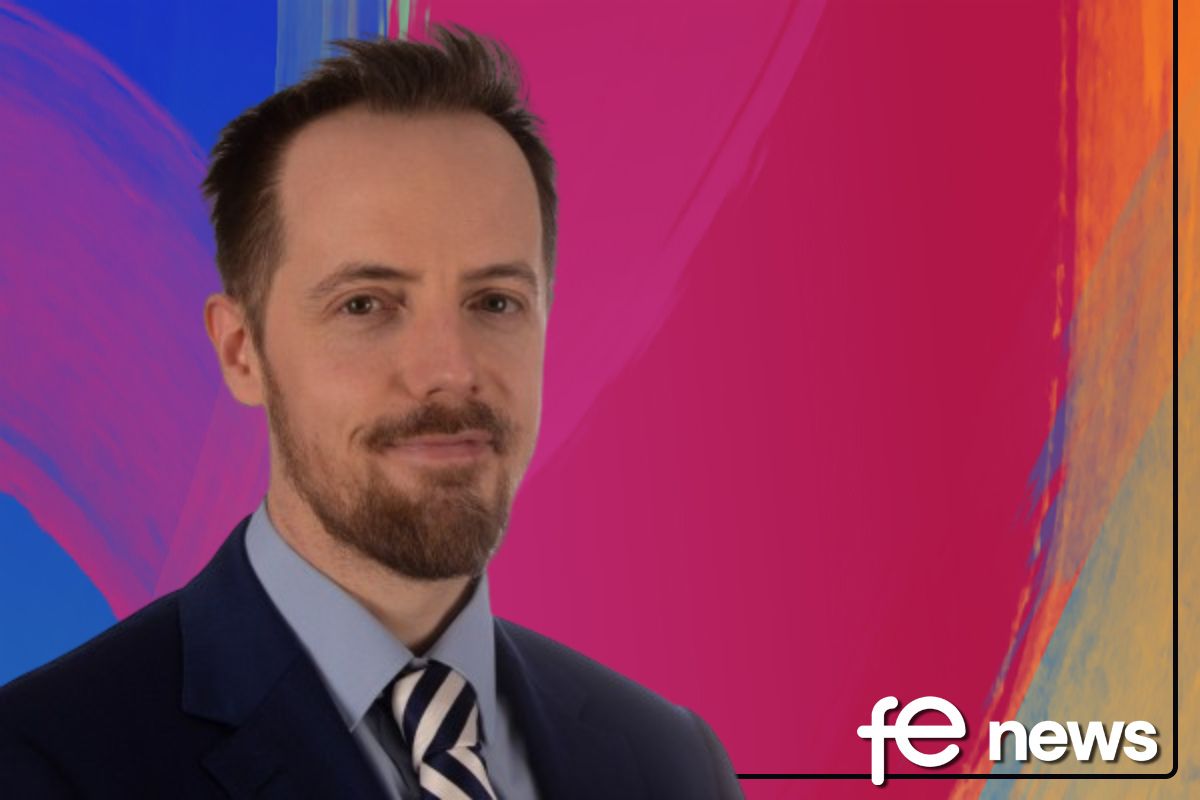

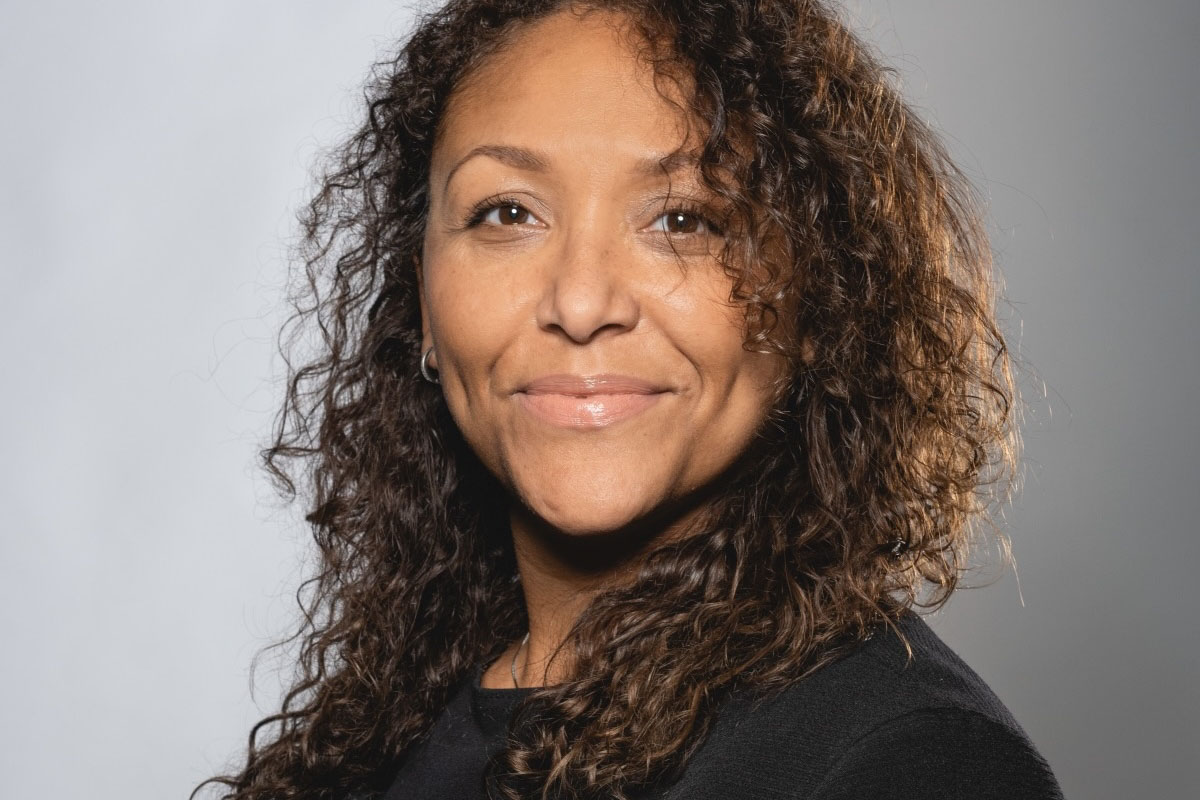
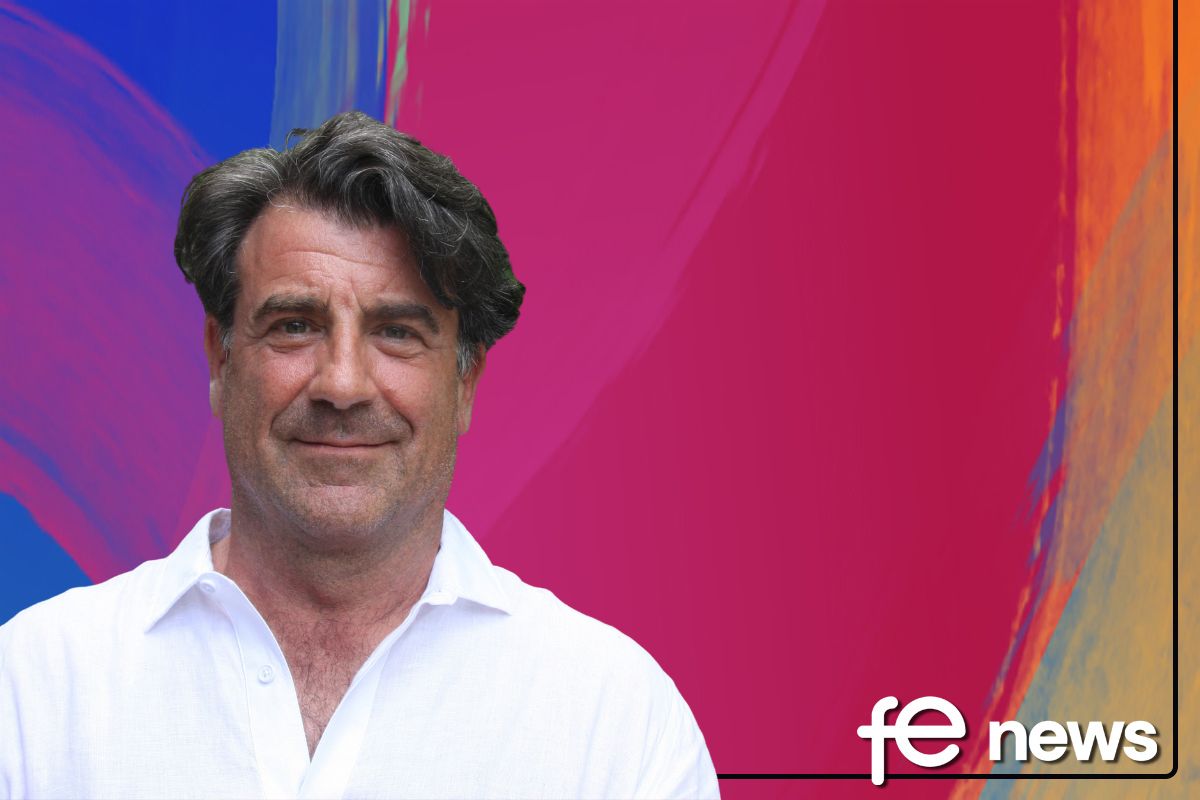
Responses